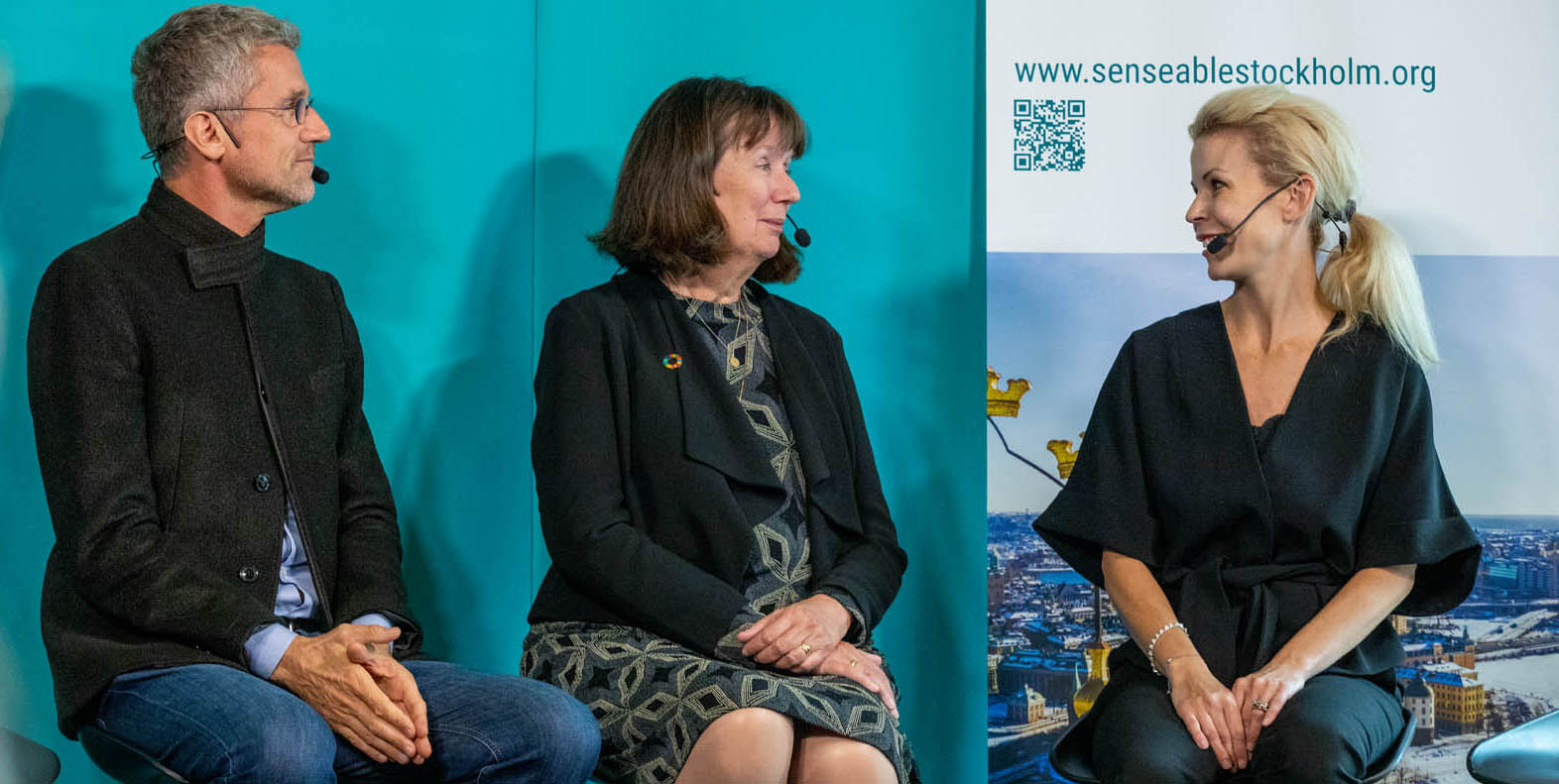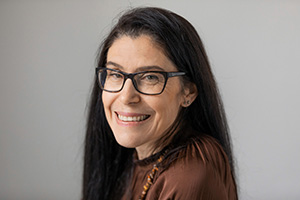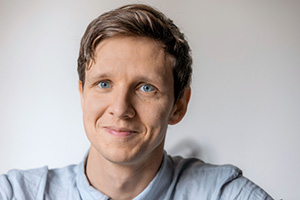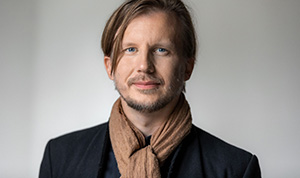Senseable Stockholm research delivers results for safety, transport and segregation

In the space of just over two years, collaboration within the Senseable Stockholm Lab has delivered a number of research results that over time, can benefit both Stockholmers and their city.
“Our collaboration with MIT, the City of Stockholm, Stockholm Chamber of Commerce and other partners is deepening all the time. This increases opportunities for KTH to create new research and education paths to tackle concrete challenges in our city,” says KTH President Sigbritt Karlsson.
Around 25 researchers within urban design and urban planning from KTH and MIT have used Stockholm as a test bed together with the City of Stockholm. With the aid of AI and digital data, the researchers have mapped and surveyed everything from air quality and heat waves in relation to green areas, to traffic flows and perceptions of safety and security in Sweden’s fast growing capital city.
To coincide with Senseable Stockholm Lab Week, the various research groups gathered in Stockholm for the first time in early October to explain about the seven different research projects to a larger audience at Stockholm City Hall .
Professor Carlo Ratti, who is responsible for collaboration on behalf of MIT, summarized the work to date as follows:
“We have come up with a number of exciting things in a short time by investigating different types of patterns in the city that can make it easier to plan and construct the cities of the future both strategically and sustainably.”
Safety in the city
The different areas that are included in the lab research span a broad field. Results have already been produced in certain cases, that have also generated a number of articles in scientific publications, while in other cases, the research projects have only just started.

“We investigate how the experience of security relates to the physical environment in Stockholm by producing an AI security map. The map is produced with the help of the citizens' perception of the city's different environments, and is then compared with other security indicators such as police statistics, for example,” KTH Professor Vania Ceccato, who is heading one of the studies, explains.
The goal is to develop a prototype for planners and architects that can be updated over time to be able to improve security in certain unsafe places or when building new areas. The study will be completed in spring.
Travel patterns
How people move around and travel in a city with a population of one million is another focus for research under the concept of urban segregation.

KTH researcher Oskar Västberg, whose research group has investigated and developed a transport model to map exactly how, when and where people travel in the city. With the help of mobile phone data, they can estimate how travel time is affected by different things, or how travel habits can vary between residential areas, for example:
“For instance, the method can be used when a new public transport route is planned or to find out what impact price increases would have on travel.”
He feels being a member of the research groups in the Senseable Stockholm Lab has been stimulating.
“It is fun to work with real issues and get direct input from the City of Stockholm.”

Thanks to the pandemic, KTH researcher Daniel Koch, a member of a group that is looking into urban segregation, obtained natural comparison material as to how city residents used the city before and during the pandemic and how the urban structure can affect habits and interaction between residents.
“How we build a city impacts resident scope for sustainable living,” he says.
Text: Jill Klackenberg
Photo: Susanne Kronholm